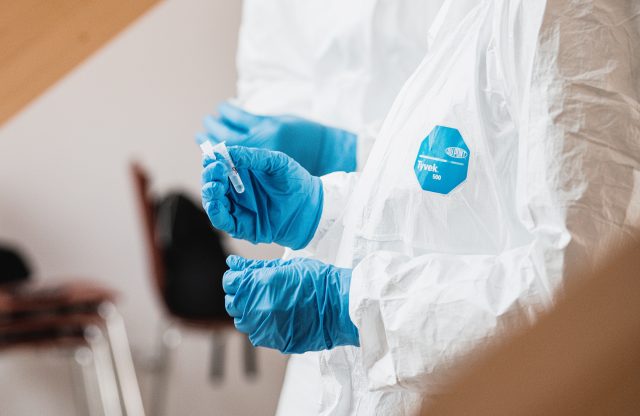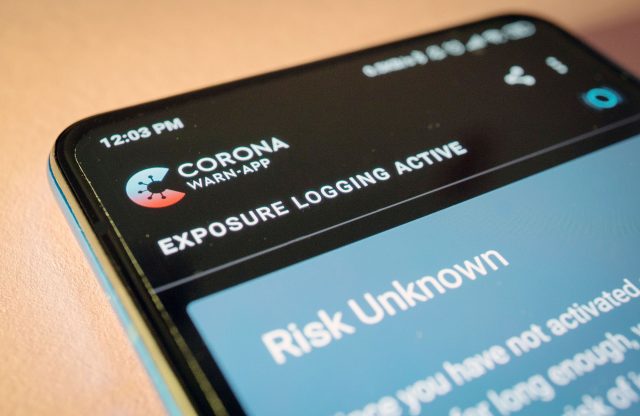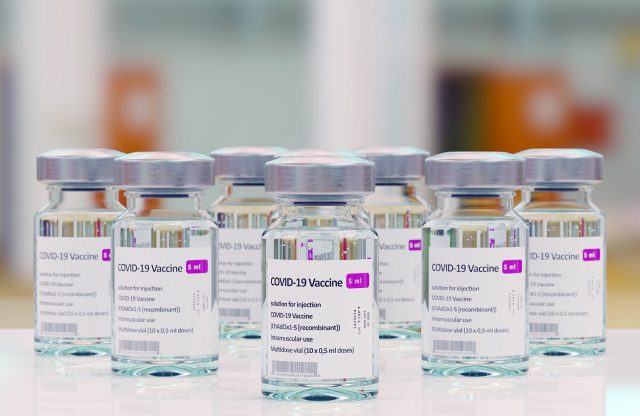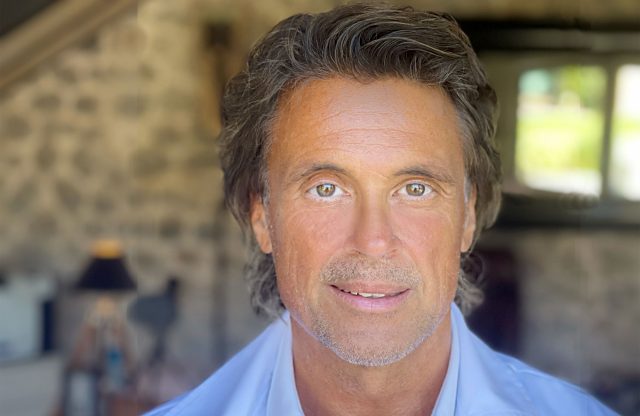Dr Robert Hess: Weekly Omicron Update

Dr Robert Hess – 12/20/2021
Dr Robert Hess: Weekly Omicron Update
Our Situation report in the run-up to Christmas
The Omicron variant continues on its triumphant march around the globe. According to the World Health Organization, the mutant has already been detected in 89 countries, and more are being added to the list every day. Even in places with high immunity rates, the spread is rapid, and the number of confirmed Omicron cases is doubling every one and a half to three days in some countries. If it continues at its current rate, Omicron will be the prevalent form of SARS-CoV-2 in Europe in around two to four weeks. The UK is one of the first countries to be hit hard – Omicron is already the dominant form there, constituting 60% of new cases. Worryingly, a new study from England does not give much hope for the new variant leading to a significantly milder course of disease.
How well a person is protected against Omicron depends on many different factors, for example age, previous illnesses and underlying conditions, vaccination status and length of time since last dose administered. The risk of infection has risen dramatically in Europe, where the transmission rate of Omicron is between 2.5 and 4.3 times that of the Delta variant. For individuals without a basic level of immunity, this presents a huge problem. But it has now become apparent that even double vaccination does not provide sufficient protection against Omicron. The immunity afforded by antibodies against the variant is significantly weakened, as has been confirmed by several recent studies.
According to these studies, double vaccination offers almost 70% protection against the disease taking such a severe course that hospitalization is required. However, the level of protection against actual infection is generally significantly lower than with other variants – some studies estimate it to be as low as 33%.
How will the booster jab perform against Omicron?
Many scientists and virologists warn against inflated expectations and are agreed that even a third dose of vaccine will not provide 100% protection against infection. Although the protection against Omicron increases from a double to a triple vaccination, it is still 4.8 times lower than with the Delta variant. Despite the public exhortations from politicians to the effect of “Get vaccinated and all will be fine again”, this is patently not so. We conclude this from cases of triple-jabbed individuals who have become infected and then gone on to infect others. Particular caution is advised for those who come into contact with high-risk groups.
To predict the growth of the Omicron variant and estimate the degree of immune escape, scientists in the UK analyzed data from all PCR-confirmed SARS-CoV-2 cases in England and published them a few days ago. The results revealed that hospitalization and asymptomatic infection indicators were not significantly different for Omicron, suggesting that there little change in severity compared with Delta. On the one hand, this means that Omicron does not cause worse disease or have higher severity than Delta, but on the other hand, it also means that it is not milder than Delta, as had been initially hoped.
The conclusion we draw from this is that the role played by vaccination status is significantly reduced in terms of immunity to Omicron. The weighting previously given to vaccination is substantially lower than before, so it is now all the more important to take general measures to optimize the immune system. We would therefore once again urge our clients to adhere even more strictly to the recommendations made by us. This includes the personalized elaboration of concepts and measures, as well as the intake of the individually adjusted supplements for the modulation and optimization of the adaptive immune system.
We expect that Delta will have been largely supplanted by Omicron in most countries of Europe by mid to late January 2022. In the United States, this may take a little longer, but it is also the inevitable outcome. It is not yet possible to form a definitive opinion about what will happen in the next few months, with so much being in the realms of speculation, but for the first time, the Omicron variant holds out the theoretical prospect of worldwide herd immunity.




